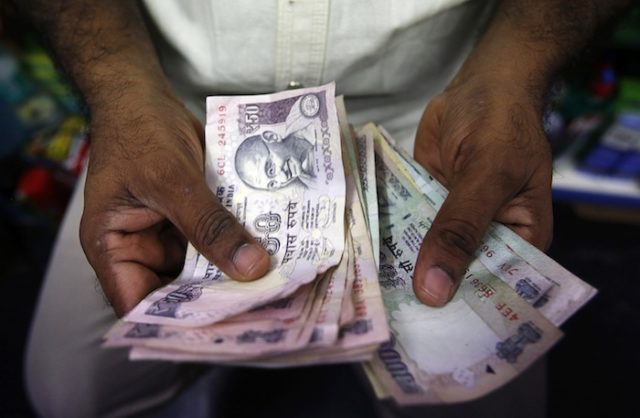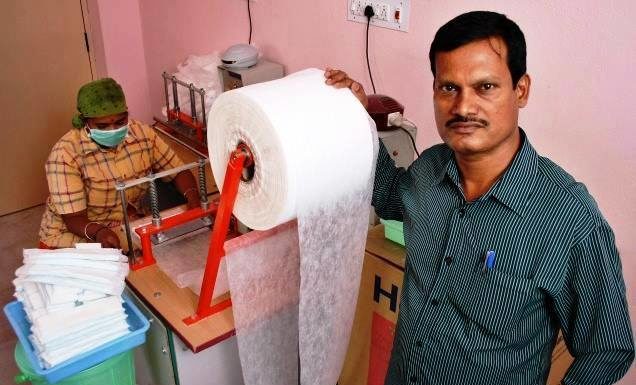A prudent investor always diversifies his portfolio into a variety of asset classes. And while equities and mutual funds are the most prominent and, one might even say, glamorous of these, government savings instruments are just as important.
The most important of these is, as we have often mentioned in these pages, the Public Provident Fund, or PPF. This is an account that you hold separately from a Bank account, and is akin to the Employees Provident Fund which is also a statutory requirement. In the PPF, the amount that can be invested every year is capped (presently at Rs 1,50,000/-) and there is a lock-in period as well. You can also choose to extend the PPF for 5 years at a time, with or without additional contribution.

Eventually, however, you will need to withdraw your balance. This article is intended to walk you through the process of doing so.
1. Premature withdrawal
With a lock-in period of 15 years, the PPF is not designed for easy withdrawals. However, it does permit partial withdrawal, subject to the following conditions:
a) At least 5 years must have been completed contributing to the scheme.
b) Maximum withdrawal permitted is 50% of balance at the end of 4th year, or the year prior to application, whichever is lower. In other words, the premature withdrawal is only partially allowed.
c) Only one withdrawal request is permitted per financial year.a
2. Withdrawal on maturity
Keep in mind that a PPF account is taken to mature at the end of the financial year when 15th year is complete. So if you opened you account in, say, September 2015, it would not be taken to mature in September 2030, but on April 1, 2031, if after the close of 15th year on March 31, 2031.
When this happens, you can opt for closure but visiting the bank or Post office branch with your PPF passbook (or other document as may be prescribed by the specific Bank) and your ID proof.
In case of PPF, you can also opt to continue the PPF account instead of withdrawing your money in blocks of 5 years at a time.
The second popular savings instrument in which people invest is Kisan Vikas Patra, or KVP. In the 2014 series, the KVP was made subject to KYC requirements for investments of a value over Rs 50,000. The lock-in period for KVP is 100 months, of 8 years and 4 months.
In case of KVP, the withdrawal guidelines are as follows:
1. Premature Withdrawals
Full premature withdrawal is permitted only after a minimum of 30 months (2 years and 6 months) are complete, or on death of one of the holders.
In order to complete the process, the holder needs to visit the Post office from where the KVP was originally issued with the certificate itself and the identity slip issued at the time of purchasing it. In case it is not possible to visit the same Post office branch, a holder can visit any other Post office branch but additional proof of identity would be required.
2. Withdrawal on maturity
The process is the same as for premature withdrawal.
In both cases, do keep in mind that the option of availing a loan against your PPF or KVP is always available as an alternative to complete withdrawal of the account and should be preferred to premature or partial withdrawal so as not to lose the benefits of compounding.































